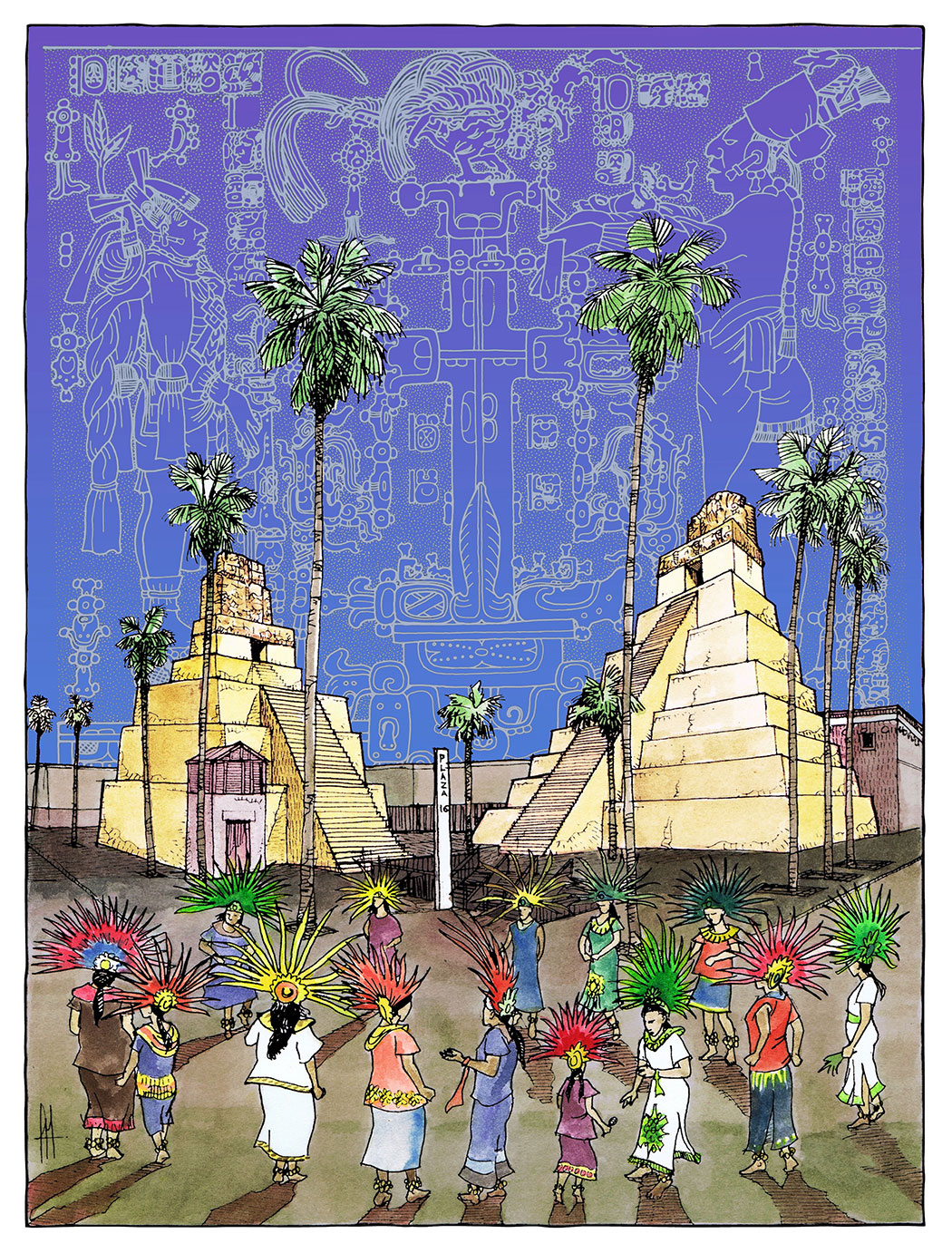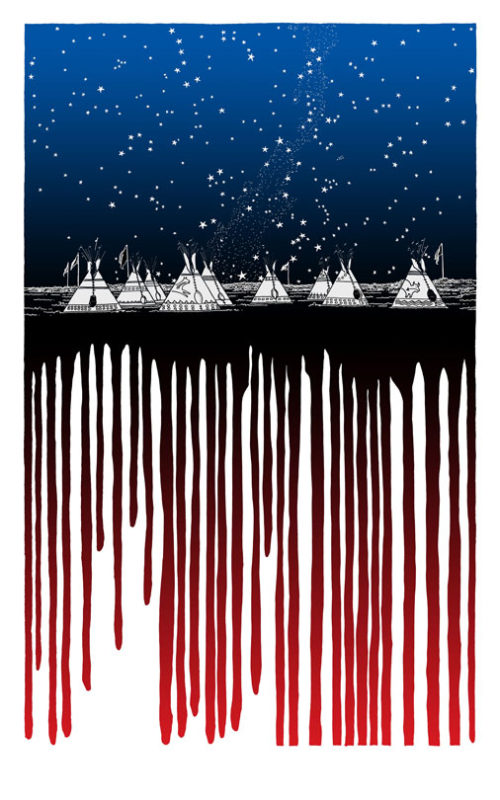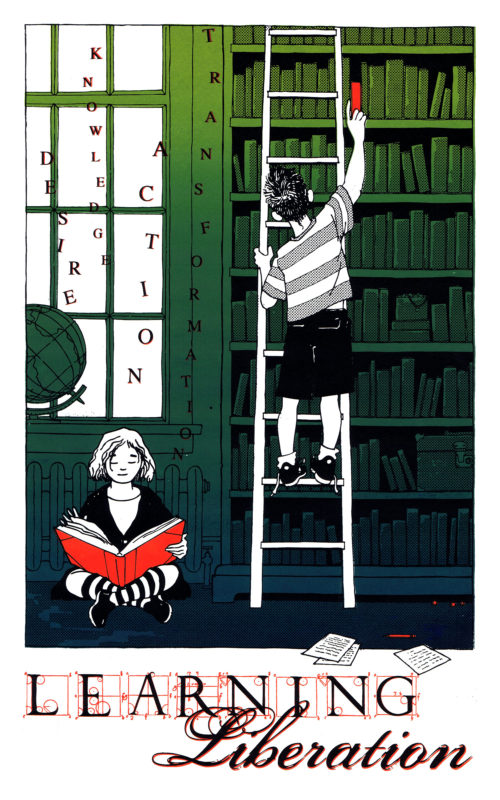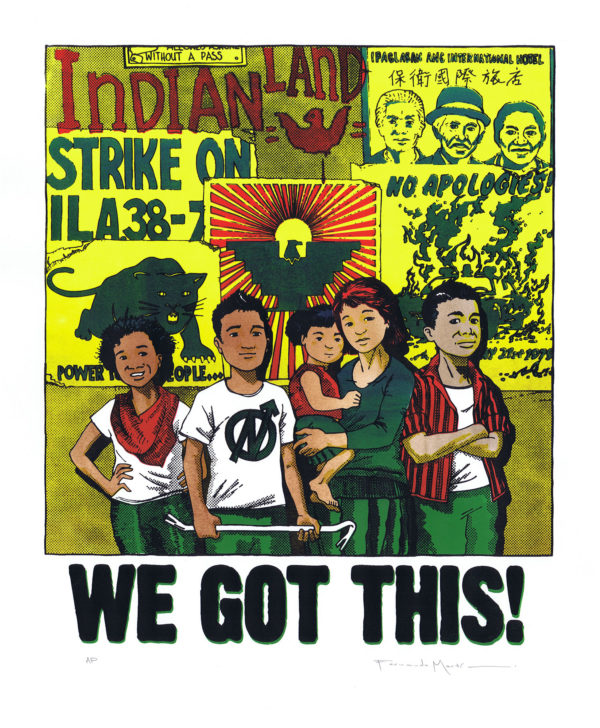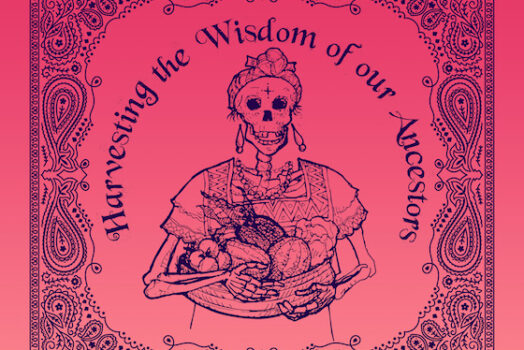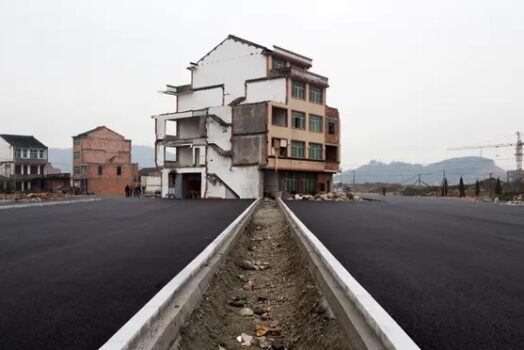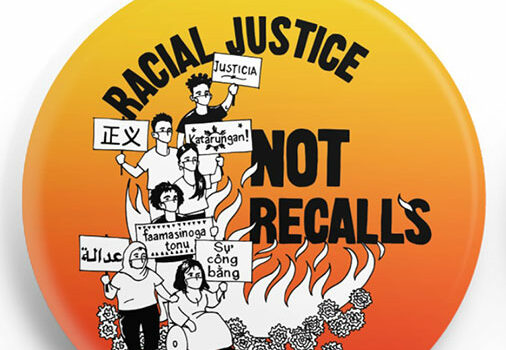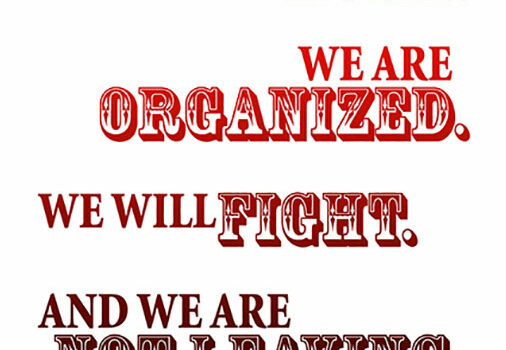As I’ve written elsewhere, the BART subway lines coming to the neighborhood in the early 70s was the first large-scale attack at erasing the Mission’s Latinx community. BART was part of a massive urban renewal plan, intended to demolish huge swaths of the neighborhood, and rebuild it with commercial and residential towers connected to the new commuter line. Seeing what had already happened in the Fillmore and was happening South of Market, the Mission community mobilized successfully to stop it, but in the process of building the subway, what was left was a dilapidated one-story building with a chain pharmacy, fast food, and a parking lot, in the middle of one of the densest neighborhoods in the West. The intention was always there to remake it in the image of capital, waiting for the right stage of the gentrification process to see it fulfilled. For the last few years the community has again mobilized to stop this new “Monster in the Mission” at the 16th Street BART station, proposing instead a community-created vision with affordable housing, community centers, and social services for the large residential hotel community surrounding these blocks.
My image was not a literal interpretation of what could be at 16th Street, but a reclaiming of ceremony and sacred space at the center of that reimagination: the temples of Tikal rising on either side of BART plaza, and the ceremony of Danza Mexica holding space for a future that includes us in it. In my interview, Mission elder and musician Jorge Molina said, “Cada humano sobre nuestro planeta es un chaman. Every human on our planet has their own medicine… There is something pagan in every ancestral tree.” Within capitalism, the pagan either doesn’t exist, or becomes a sub-market for consumption. How do we re-incorporate land-based ritual and ceremony into our visions for the development of the city? The sky is adapted from a drawing of the World Tree / Milky Way by archeologist Linda Schele from the Temple of the Cross in Palenque.
Futuros Fugaces was a way to explore themes and relationships that have concerned me for a long time: what it means to reclaim ancestral knowledge, how we re-imagine the future, and what this looks like in the particular of the Mission/Excelsior Latinx community I’ve worked with for the last 30 years. Thanks to the SF Arts Commission for funding my first Individual Artist Grant.
In imagining a Latinx futurism, the project took me in unexpected directions, beyond a more literal extrapolation of futurism, to a more mythical layering of Mesoamerican imagery as a way to connect past and future cosmic time. The emergent utopias of our communities of color will not be sterile or sanitized; they will contain hints of the dystopias we’re already living through, and they will contain the messiness and contradictions of our cultures, a collage of rasquachismo, rooted in a reclamation of ancestral traditions and collective memory to urban land struggles and queer ecologies. As I thought of a Latinx futurism, the cyclical nature of Mesoamerican time, cyclical, perhaps helical, expanding outward but always returning. Or perhaps it is a simultaneity of times, layered in parallel existences informing the present, accessible through ritual and ceremony. Mesoamerican time gave me a layering of myth and history and contemporary cultures and utopian visions. Utopia has to coexist with the present, accessible through our cultural practices and our arts, to inform our actions. Glimpses or shadows of that utopia found their way into these images.
The images were created in pencil, scanned to create the line drawing, then watercolored and scanned again, and additional colors and backgrounds applied digitally in Photoshop. They were printed as giclée digital fine art reproductions at East Bay Giclée in North Oakland.
